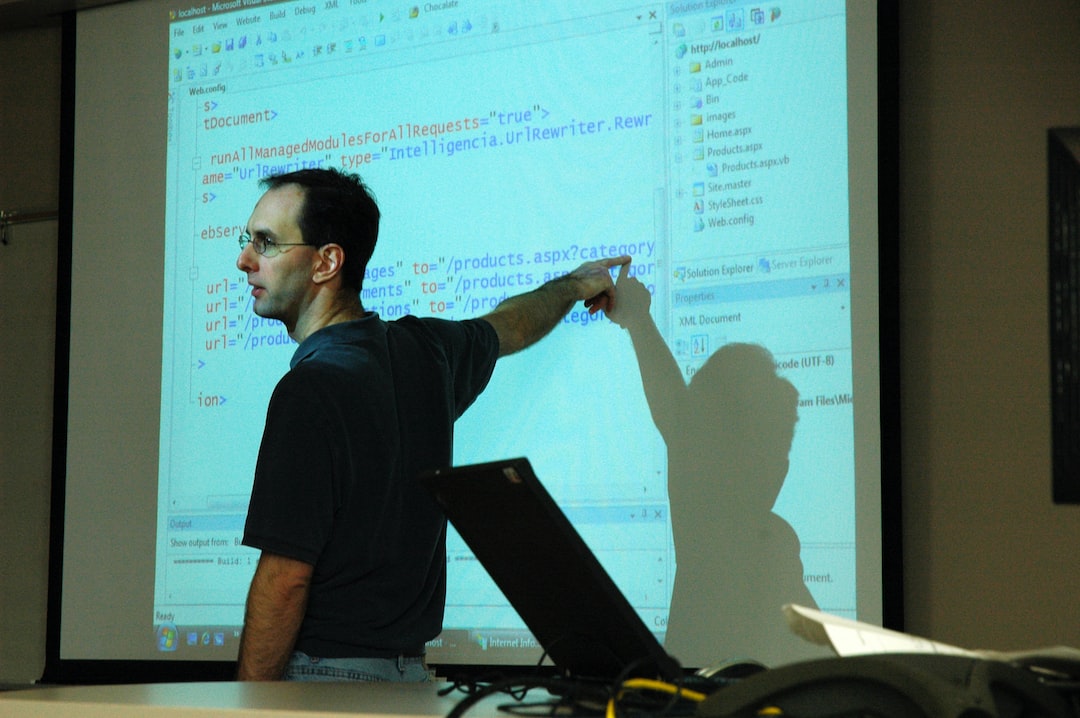The Internet of Things (IoT) has revolutionized various industries, enhancing connectivity and efficiency. Now, with the integration of medical devices and technology, the Internet of Medical Things (IoMT) is transforming healthcare as we know it. This convergence of healthcare and IoT is creating a new era of unprecedented possibilities and advancements in patient care and treatment.
The IoMT refers to the network of medical devices, wearables, software applications, and systems connected through the internet. These devices collect real-time data, analyze it, and offer valuable insights to healthcare providers, enabling them to make informed decisions and provide personalized care to patients. From wearables that monitor vitals to smart implants and medical robots, the IoMT is reshaping the healthcare landscape in numerous ways.
One of the most significant benefits of the IoMT is improved patient monitoring and remote healthcare. With the help of wearable devices, patients can track their health parameters such as heart rate, blood pressure, glucose levels, and more, from the comfort of their homes. This data is then transmitted to healthcare professionals, who can monitor the patient’s condition in real-time. This not only reduces the need for hospital visits but also allows for early detection of anomalies, preventing complications and improving overall patient outcomes.
In addition to remote monitoring, the IoMT is also empowering patients to take control of their own health. Mobile applications and wearable devices encourage individuals to adopt healthier habits and participate actively in preventive healthcare. For instance, fitness trackers can monitor daily activity levels, provide personalized workout suggestions, and track progress towards fitness goals. This promotes a proactive approach to maintaining wellness and preventing chronic conditions.
Moreover, the IoMT is transforming the healthcare system by streamlining processes and improving efficiency. With interconnected devices and systems, healthcare providers can access patient records, test results, and treatment plans seamlessly. This eliminates the need for paper-based documentation and reduces the risk of errors or lost information. Additionally, automated alerts and reminders ensure timely medication intake, follow-up appointments, and preventive screenings. As a result, healthcare professionals can allocate their time more efficiently and focus on providing personalized care to patients.
The IoMT is also revolutionizing the field of medical research and development. With the wealth of data gathered from connected devices, researchers can analyze large datasets and identify patterns or trends to develop new treatments or improve existing ones. This data-driven approach enables precision medicine, where treatments are tailored to individual patients based on their specific characteristics, genetics, and response to therapies. Consequently, healthcare becomes more personalized, targeted, and effective.
However, with these advancements come concerns regarding data privacy and security. As the IoMT deals with sensitive patient information, safeguarding data is paramount. Healthcare organizations need robust cybersecurity measures to protect patient privacy and prevent unauthorized access to personal medical records. Additionally, they must comply with regulations and standards such as the Health Insurance Portability and Accountability Act (HIPAA) to ensure the ethical and responsible use of personal health information.
The Internet of Medical Things (IoMT) is a game-changer for healthcare. It holds the potential to improve patient outcomes, reduce costs, and revolutionize the healthcare industry as a whole. By harnessing the power of connected devices, data analytics, and artificial intelligence, the IoMT empowers patients, enhances diagnostics and treatment, and improves overall healthcare delivery. With continuous advancements in IoT technology, we can expect to witness even greater transformations in the future, making healthcare more accessible, efficient, and patient-centric.

